My earliest recollections of Edmonton centered around McCauley/Chinatown North, Downtown, West Edmonton Mall, and Boyle/Chinatown South. My family first arrived to Edmonton in Boyle Street and relocated within the inner-city neighbourhood a few times before heading to the suburbs. Back during the 1980s and 90s, Edmonton’s second Chinatown was a bit livelier than what it is now. This area provided core services for many including the Chinese and Vietnamese communities. I remember the thick mix of smells in the underground Pearl City restaurant where many businessmen smoked their cigars. I remember being fascinated by the foods on display outside at various grocers and peering through the glass tanks to tease the crabs and lobsters. I remember playing outside in the parking lots and constantly running in and out of businesses to trigger the kitchy electronic chimes.
This of course changed over time. Part of the Chinese community, my family included, had left the South in favour of doing business in the newer Chinatown North. Sense of safety and violence, real and perceived, were big factors for such decisions. Outside perceptions of Chinatowns as seedy and dirty discouraged many Edmontonians from visiting inside this neighbourhood, which was subsequently left to deteriorate. Furthermore, new services outside of the inner-core replaced some of the roles of the two Chinatowns and gave less reasons to visit.
I am surprised whenever planners and others alike correct me to say that this neighbourhood is not a Chinatown, much in favour of the City’s crafted name of Quarters. Despite its empty appearance, there are Chinese businesses and residences that still remain here. It is also disheartening that there is no mention of the existing Chinatown in the Quarters vision and urban design plan. According to one planner, I have been told the reason for this omission is that there is already a Chinatown to the north. Does that mean that Edmonton is only limited to one defined Chinatown? Obviously not, but must landscapes influenced by specific cultures be confined to one or few places? This is an important discussion city builders need to think about if we are trying to champion multiculturalism in Canada.
Still, others have told me that these local stories are just sweet memories, stuck in the past, and will prevent future opportunities for renewal (not to be confused with redevelopment). However, is this an ethical approach to planning for neighbourhoods? Are we telling developers and future residents that it is okay to develop in the Quarters because Chinatown is no longer there? Is the Quarters project desirable because we choose to ignore its existing Chinese influence rather than work with it? I also extend these questions to include underrepresented voices like aboriginal heritage where such memories have often gone unrecognized throughout our urban landscape. Although the Quarters plan does not intentionally ignore certain segments of the existing community and there are active discussions between residents with the City, the omission and exclusionary nature in its marketing, messaging, and common language does set the overall tone.
Despite its failings, I still love and frequent this area. Fortunately, there are significant community groups that are continuing discussions on such issues and advocating for more inclusion during the renewal process. Not to be confused with NIMBY notions, these groups, including the Chinese community, need to be open and welcoming to new arts groups, businesses, and development that are desperately needed for the area. Likewise, local improvements should recognize past memories, both good and bad, without rewriting (i.e. tokenism) or replacing them.
All photographs by photographer Yumi Imai.
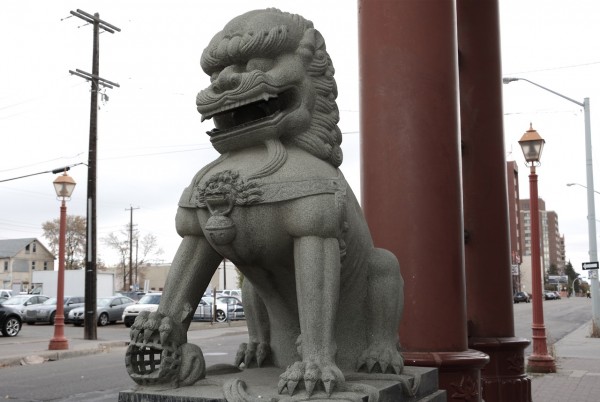
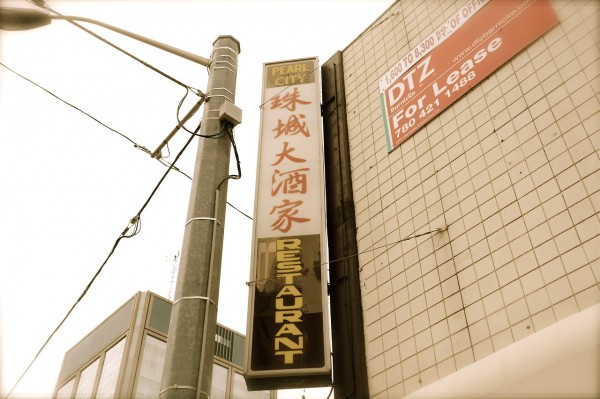
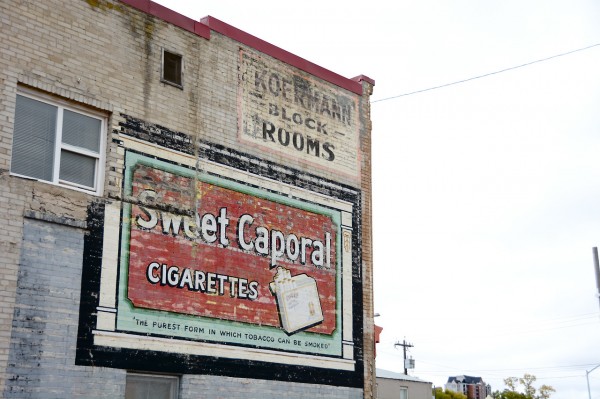
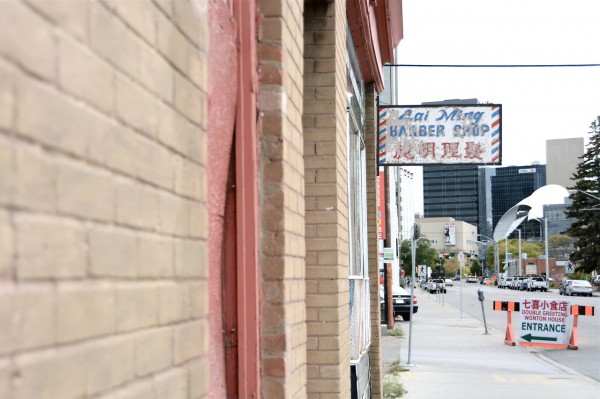
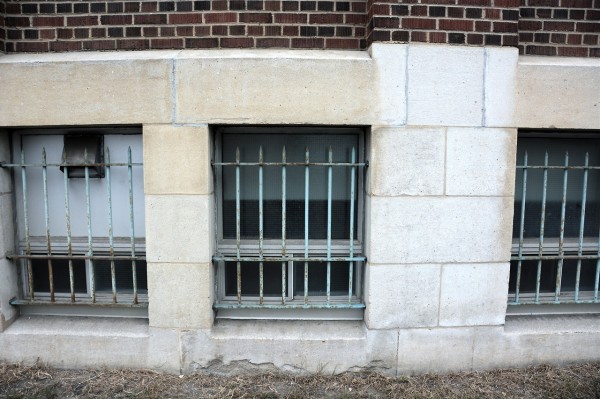
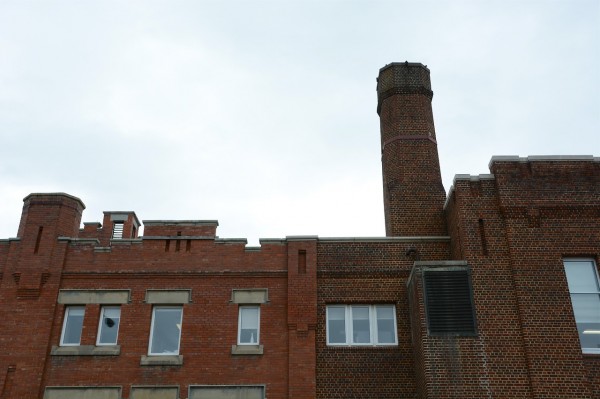
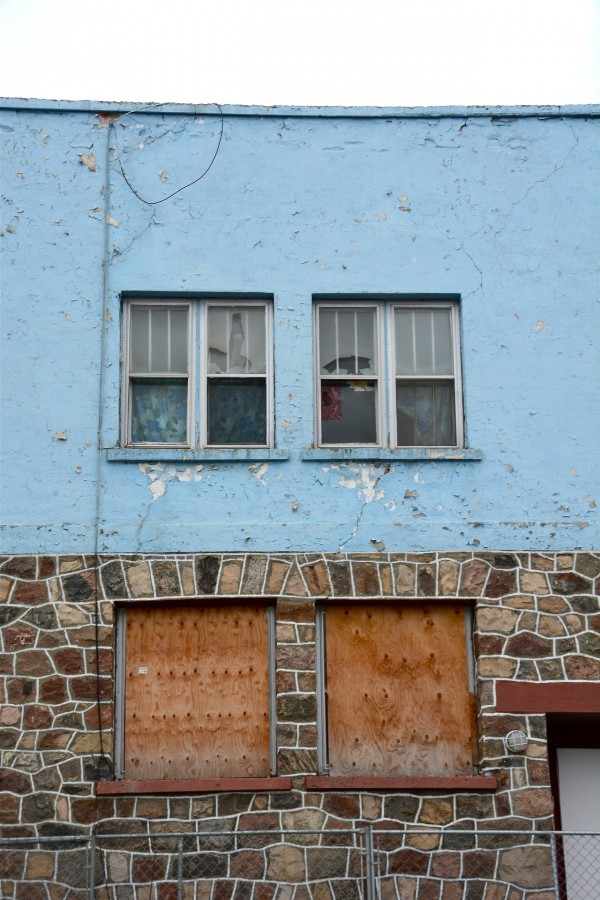
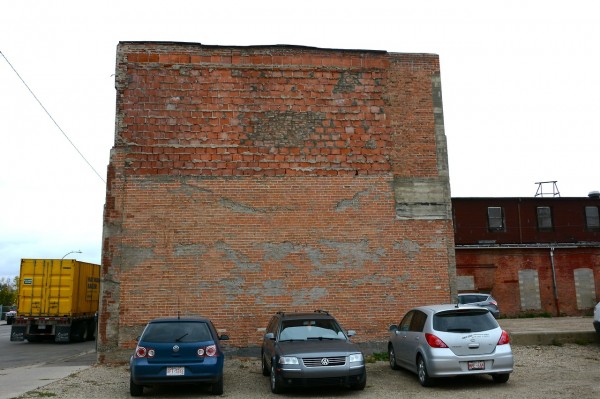
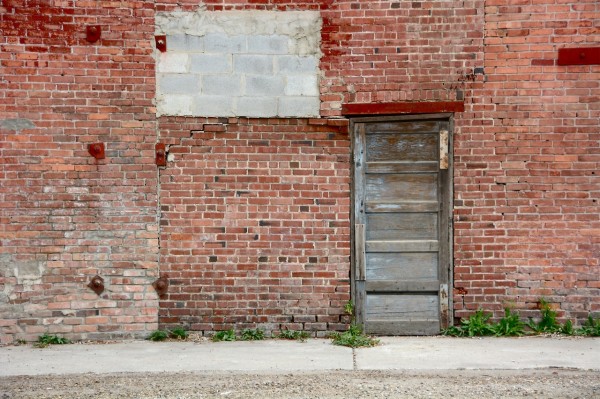
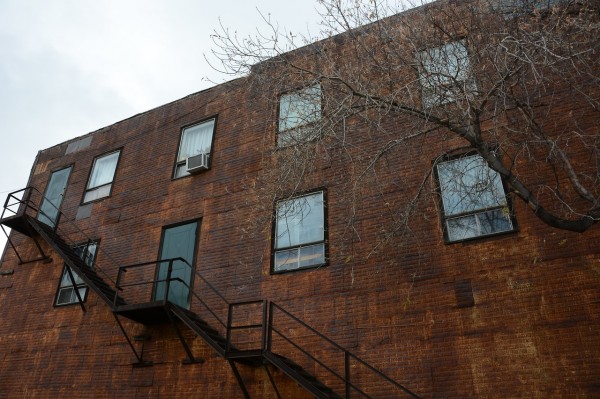
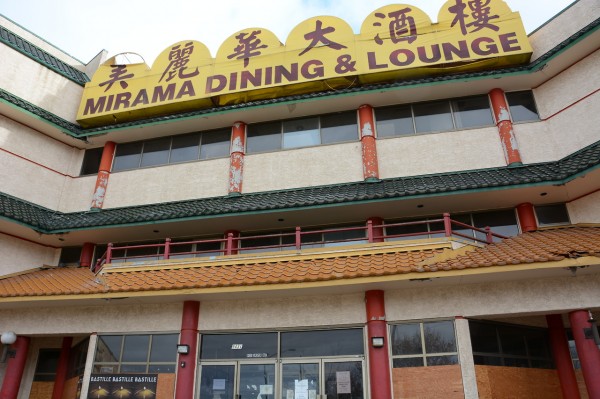
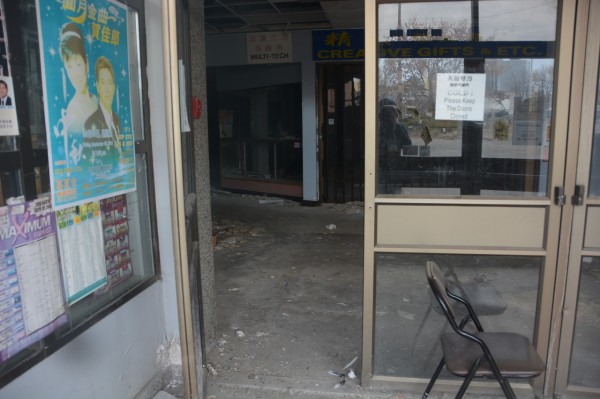
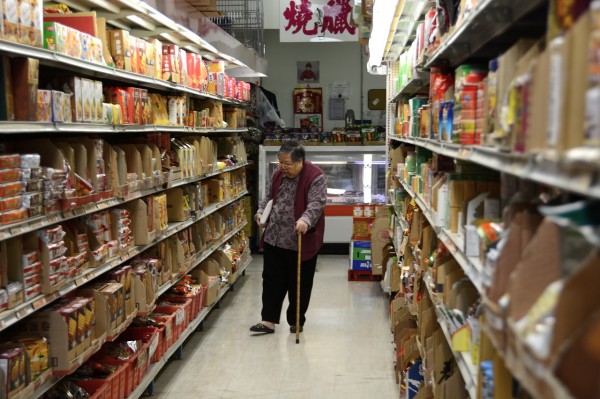
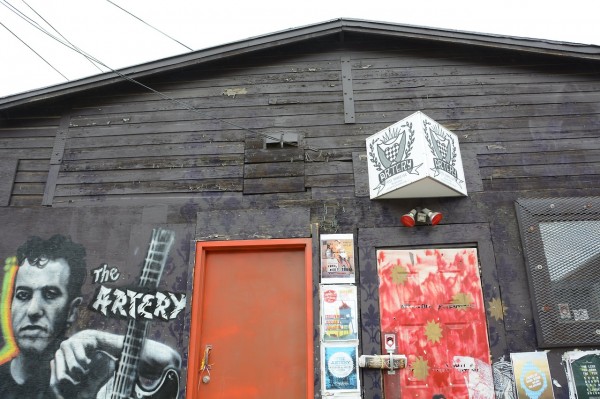
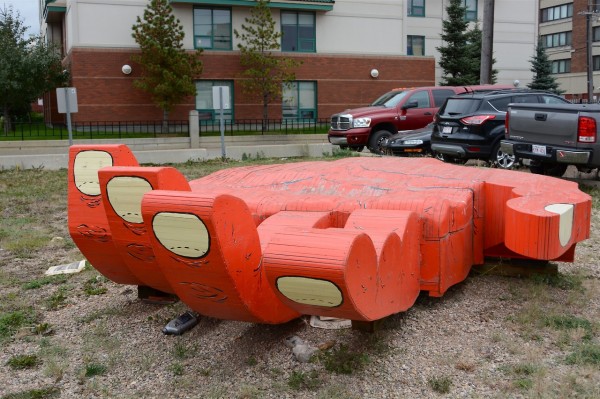
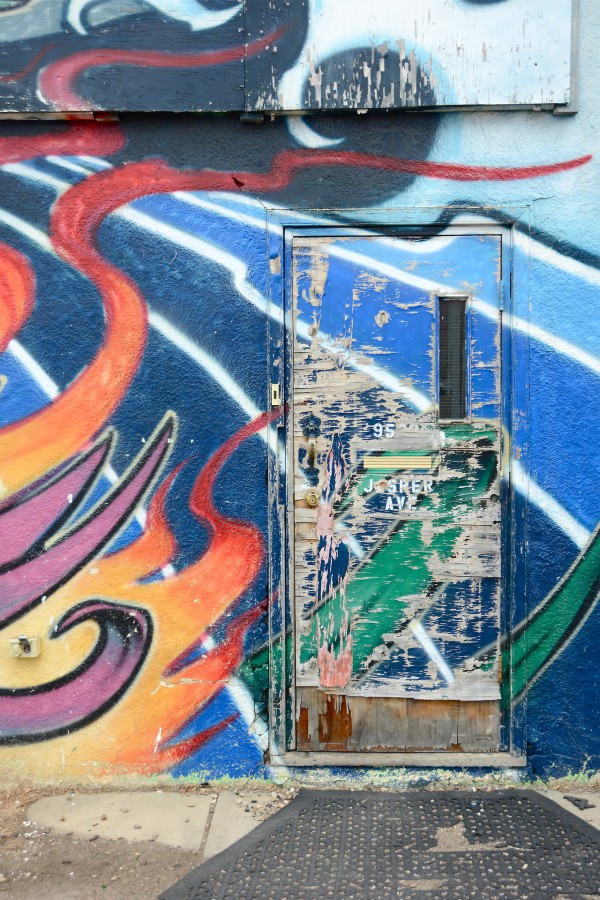
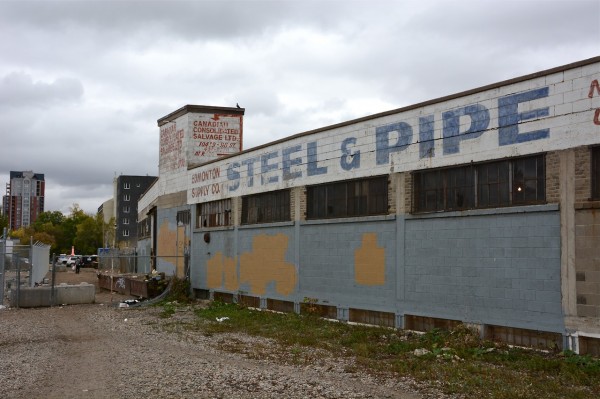
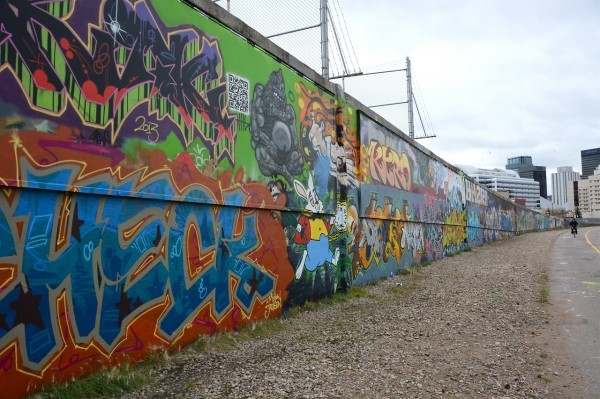

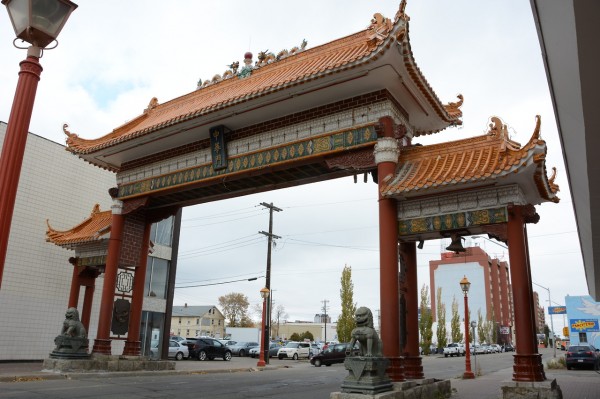
One comment
I love the gritty urban feel, great article!!!